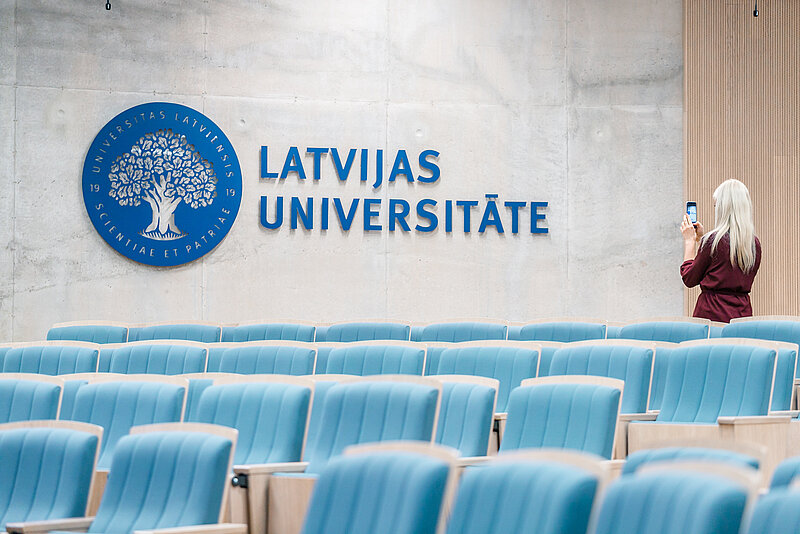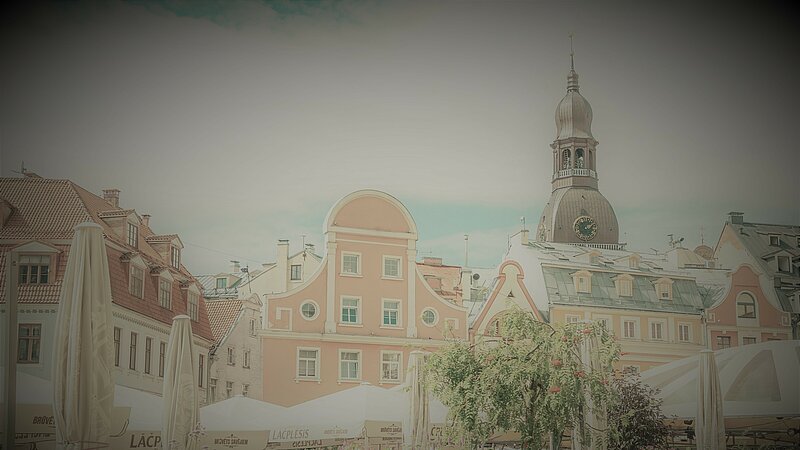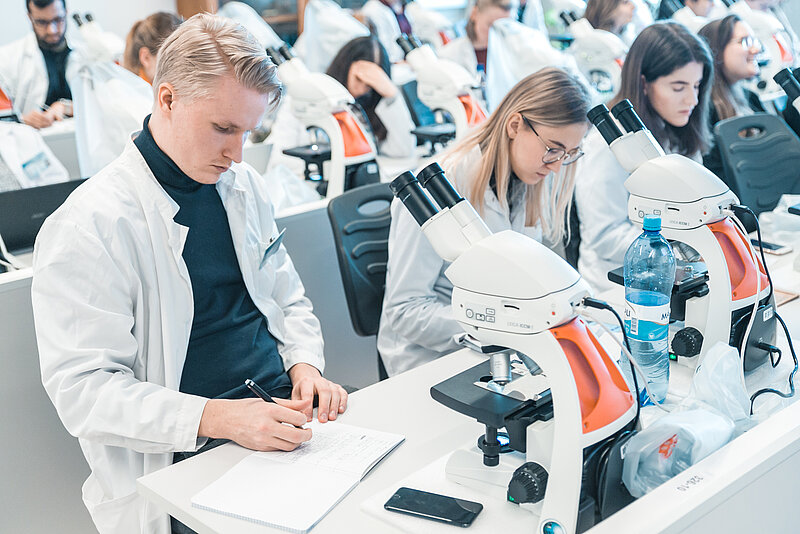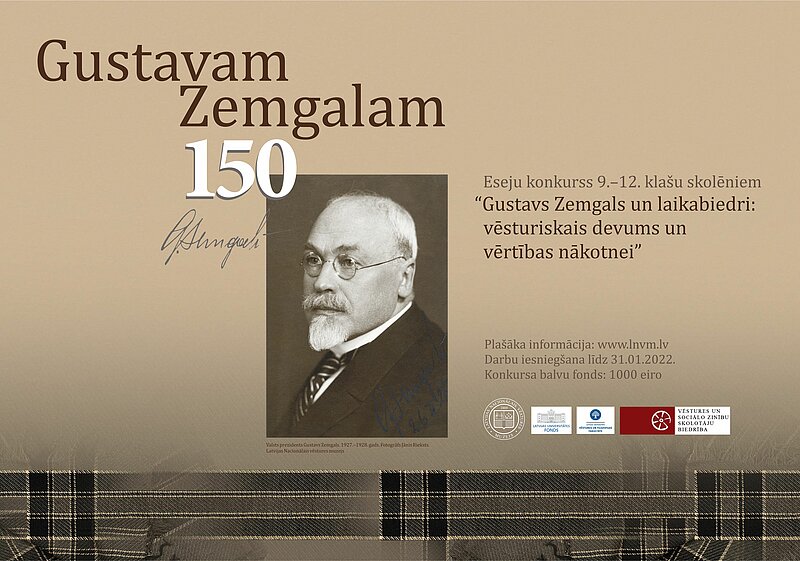
Thanks to the support of patrons, students are given the opportunity to further expand their research. Descriptions of these studies are included in the entries of the National Encyclopedia. The entries were prepared voluntarily by 4 scholarship holders of the University of Latvia Foundation, contributing 6 different entries.
Valters Ščerbinskis, the chief editor of the National Encyclopedia, says: “This is a very promising system, and we hope to continue collaborating with the authors in the future. Every study is different, but this system works and with it we can discover very good and diligent authors. In any case, this idea provides many benefits, both for the encyclopedia and, I hope, for the careers of young scientists and research in general. ”
The entries created are quite different thematically - the blueberry genus, the red giant, stellar spectroscopy, joining the European Union, leaving the European Union and zooarchaeology.
Scholar Linards Kļaviņš created an entry about blueberry genera. The Blueberry genus (Genus Vaccinium) is common and widespread. Species of this genus are usually dwarf shrubs or shrubs that can be creeping or even several meters high. The fruits (berries) of many species of Vaccinium are edible and play an important role in the economy. The genus is characterized by berries, which are usually bright red or purple. Due to the wide variety of Vaccinium genus species, it is difficult to highlight specific features of the genus. With the development of methods for determining genetic relatedness, a more complete picture of the species belonging to this genus is formed, which is not based only on phenotypic features. Consequently, the taxonomy of the species belonging to this genus is gradually improved. The substances found in the berries of the blueberry genus have a beneficial effect on the health of the skin, they can inhibit aging, reduce the risk of cancer, improve the health of the urinary tract, ensure the health of the mucous membranes.
Kārlis Puķītis studies the red giant and stellar spectroscopy. The red giants are stars that have left the main sequence stage with a mass of about 0.5 to 10 solar masses. The surface temperatures of these stars range from 3000 to 5000 K, and they have a relatively larger radiant power and size than the main sequence stars at that temperature. The class of red giants consists from stars of two different stages of evolution: the stars of the red giant branch and the stars of the asymptotic giant branch. Star spectroscopy is based on the acquisition of the star spectrum, that is attached to a telescope. The intensity of the absorption lines observed in the spectra allows to determine the surface temperature, radiant power and chemical composition of the stars. The wavelength of the spectral lines and its changes make it possible to follow the movement of stars in space.
Fellow scholarship holder Viktorija Soņeca created two entries on joining and leaving the European Union. In the joining process, the country must ensure compliance with Article 49 TEU as well as the Copenhagen criteria. At the same time, when a country becomes a candidate, there is no guarantee that it will automatically join the EU, and the country itself can withdraw its application to join the EU. However, the withdrawal process from the European Union, that is, all its stages - the statement to the European Council, the negotiation and conclusion of the agreement, the date of withdrawal from the EU Treaty - have been demonstrated by the United Kingdom. The UK's withdrawal from the EU has also created a new precedent that has sparked widespread debate.
Eduards Plankājs created an entry on zooarchaeology. Zooarchaeology covers a very wide range of research topics, such as the domestication of animals (domestication), diseases and injuries (paleopathology), natural and climate change (paleoecology), types and traditions of ancient nutrition (paleopathology) (including food taboos), transfer of cultures and technology (including the extraction and use of animal resources such as skin, bone, horn, wool, horsehair, etc.) as well as research on religion, trade and exchange, dress, decoration and others.
LU students are very diligent and rich in wisdom, so we wish our students to create more entries in the National Encyclopedia, which would be a real pleasure to read for others!
About the University of Latvia Foundation
Since 2004, the Foundation of the University of Latvia provides an opportunity for patrons and cooperation partners to support both University of Latvia and other leading Latvian universities, thus investing in the future of Latvia. The priorities of the University of Latvia Foundation are to support the best students and researchers, to promote the creation of a modern study environment, as well as the construction and reconstruction of university buildings.

 Academic Centre
Academic Centre



